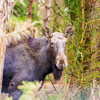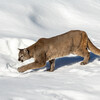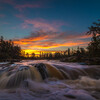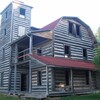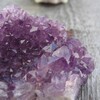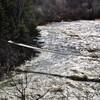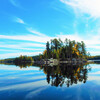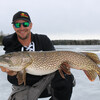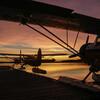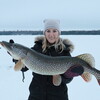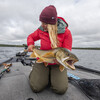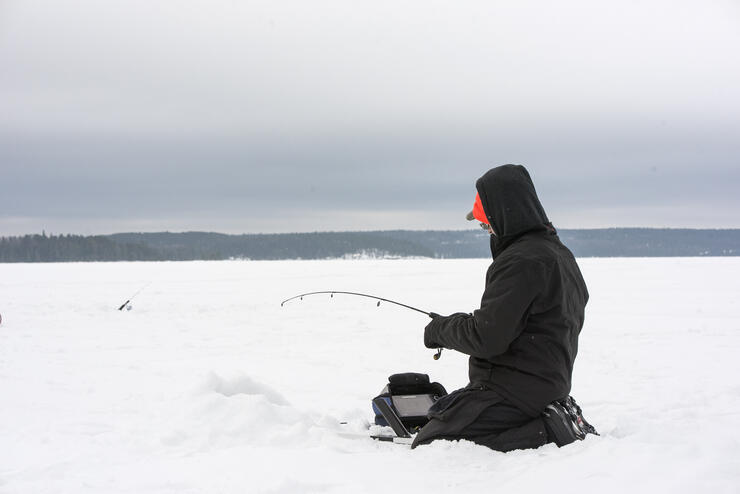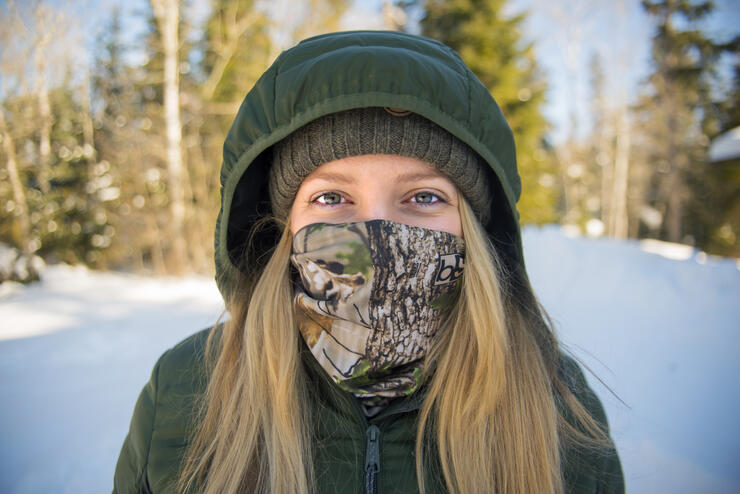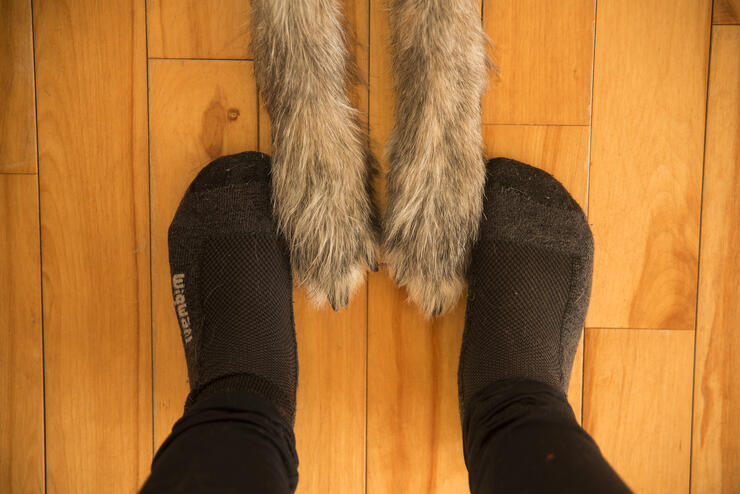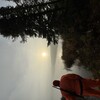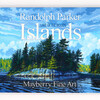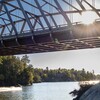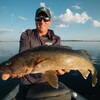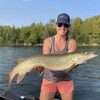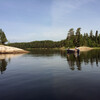
Layer On, Layer Off
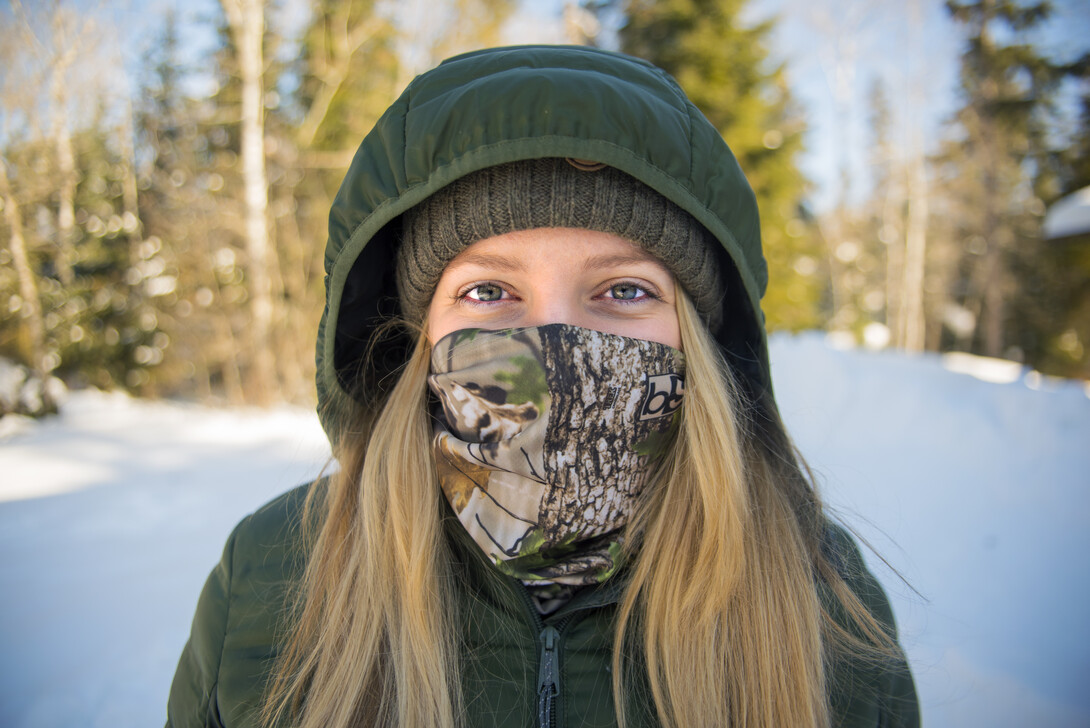
A massive snow fall came shortly after I moved to Northwestern Ontario, which prompted everyone here to say to me, “you’re going to love it in the summer, I promise”—as if I didn’t already love it. Believe it or not, a choice few people actually enjoy winter and the shoulder seasons. I'm one of those twisted people.
Here in Kenora, we have a real winter. I can now even say I live in a town with an ice road. Of course, these winter perks come at the cost of thinking ahead. Having the proper wardrobe is the difference between loving and hating winter. There is no bad weather, only inappropriate clothing. Truer words have never been spoken. So, how to enjoy the winter, you ask? Dress for it.
Base Layer
In my humble opinion, this is the most important layer. If I’m not wearing a proper base layer, every other stitch of clothing I put on was for nothing. Base layers come in a full range of materials and prices.
Merino wool is the most popular choice for base layers, and for good reason. It’s moisture wicking, softer than most wool, and warm. When wet, it will still keep insulate, unlike other materials such as cotton.

It may seem a bit intense, but growing up I was told “cotton kills” and I’ve carried that statement with me ever since. Another base layer option is fleece or micro-fleece. Its actually a blend of synthetic and natural materials, sometimes even containing wool. Fleece is just as warm as wool and it's quick to dry, however it has no heat value if wet.
Middle Layer
Tops: Lightweight down jackets or fleece hoodies and zips are some of the most common mid-layers. Fleece, as we all know, is cozy and just feels so nice to throw on. But down jackets are super lightweight and just as warm. As long as they stay dry.

Both fleece and down middle layers become next to useless when they get wet. They'll actually start having reverse effects making you much, much colder. You can combat moisture ridden climates with a cozy wool sweater over your base layers so it doesn't feel itchy.
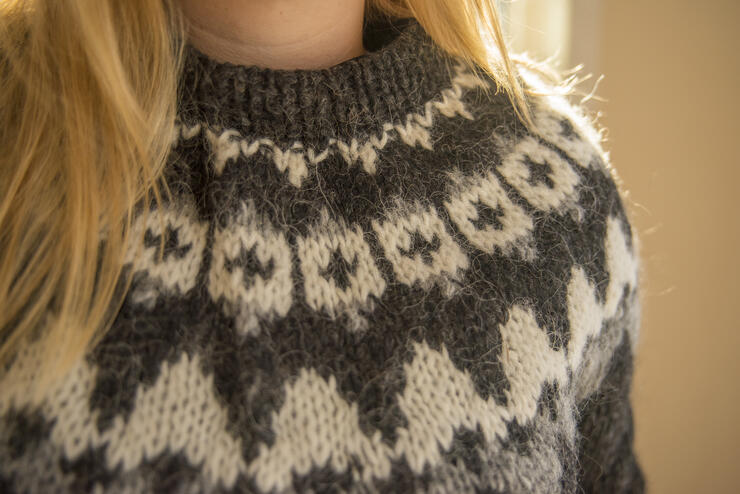
Bottoms: Fleece pants have been my go-to for middle layers. Use extra caution choosing an outer layer that is waterproof to avoid any moisture seeping in and cooling you off.
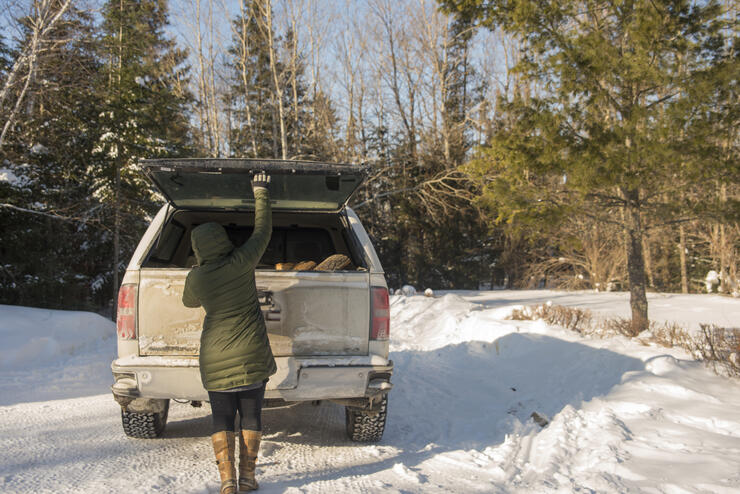
Outer Layer
Aim for water and windproof. Outer layers don't have to be insulated; most opt for just a shell. However, you need to make sure you have the proper base and middle layers before you go this route.
These shells can be long or mid length, it depends on what you intend to use them for. Will you be out hiking in the woods all day out of the wind? Or will you be exploring frozen lakes and wind-swept terrain? If you're going to be in the wind, that extra length goes a long way to keep the cold from finding it's way up your back.
Don't forget bottoms! Wind and waterproof pant shells are a must. If not snow pants for added warmth, and if you're an angler, padded knees for ice fishing.
Warmth Layer
In extreme cold situations or for activities that require a lot of rigorous work followed by sitting still, such as lugging an ice fishing sled out in snow, then jigging at the hole, warmth layers are a must.
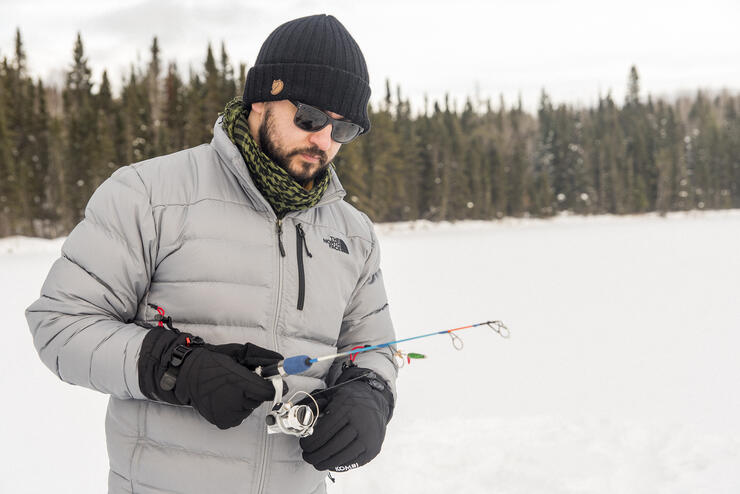
Heavier down jackets, if found with a waterproof layer, are an excellent warmth layer. Even though they are heavier down, they will be lighter weight than a parka.
Parkas have their place, though. They may be heavy, but they'll keep you warm for extended periods of time in less than desirable temperatures. If you're layered properly underneath and are covering your hands, face, and feet, you'll be able to stay out for hours.
Face, Head, Hands, and Feet
Let's start with your face. By now, neck tube companies such as Buff and BlackStrap have taken the outdoors world by storm. They come in just about every material you can imagine, for every use you can imagine. I personally like BlackStrap Industries face tubes because they are anti-microbial and soft enough to clean my sunglasses, but not so soft they stick to my face when wet.
Hats: Can you guess what material I'm going to suggest? You bet I'm going to say wool. Wool hats are excellent for every reason wool base layers are. Warm, durable, water-repellent, and, again, warm. If you can't find wool, get a fleece-lined hat; your ears will thank you.
Gloves: The trickiest gear in my opinion; waterproof gloves are a myth and windproof is found more in natural materials. My recommendation is to not settle for less and if you can, buy gloves and/or mitts that come with liners. They are easiest to use and throw on for real life situations.
Socks: Most people don't realize this, but you can layer socks as well. I start with a—you guessed it—wool base, such as SmartWool or Wigwam, and cover them in a thermal crew length sock. One piece of advice I'd give you: ask for quality socks for Christmas. They can be pricey, but so worth the warm toes.
Boots: Winter boots come in all shapes and styles. It greatly depends on what you're doing for over all activeness, temperatures you'll be in and how deep the snow will be.
My rule of thumb for boots is going 10 degrees colder in temperature ratings. If I plan on being out in -35 degrees Celcius, I'll get a pair of boots rated to -45 degrees Celcius. Also, be wary of height for the amount of snow you plan to trek through.

Other Tips and Facts
- Did you know fleece easily melts near heat? Keep an eye on your clothing near the campfire!
- Wool is semi-water repellent.
- It goes without saying but do NOT dry wool; hand wash only and hang to dry.
- Ladies, need to go somewhere after your adventure? Wear a skirt over your long underwear bottoms for a quick "wardrobe" change.
- A lot of down jackets actually fold up into their own pockets, perfect for travel.
- Tuck everything in. Base layer top gets tucked into base layer bottom. Middle layer top gets tucked into base layer bottoms, middle layer bottoms, and outer layer bottoms. Any additional layers, tuck them all in!
- If your clothing is too tight, it won't keep you as warm. Make sure you have room to move and breathe beneath your layers.
Now there's just one question left. Are you going to stay in all winter and pout about it, or are you going to go out and become one of the twisted few who enjoy themselves and the outdoors during all four seasons?
All photos by Alyssa Lloyd
Recommended Articles

Is the 1,400 Kilometre Drive to Northwest Ontario For a Fishing Trip Worth it?

6 Ways to Get Your 10,000 Steps This Fall

Top 5 Reasons You Should Be Fishing in Morson, Ontario
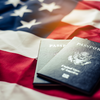
Has not having a passport kept you from vacationing in Canada?

Discover The Winnipeg River

Enjoy Sunset Country's Fall Colours on Your Next Road Trip

Fishing in the Fall?

6 Reasons to Book a Fall Vacation to Sunset Country

10 Reasons to Avoid Ontario

A Guide to Sunset Country Museums

5 Amazing Sights You Can Only See By Boat

Fall Fishing Tips
5 Essential Boreal Experiences in Ontario's Sunset Country

5 Obscure Facts About Northwestern Ontario: Were You Aware of These?
Outdoor Medicine

A Guide to Bringing Your Pets on Vacation to Canada

Heading Across Canada?

There's more than just fishing in the Red Lake Region

Going fishing in Ontario?

Outdoor Adventure in Ontario's Northern Paradise
Planning A Family Fishing Trip to Canada

Tips from a Fishing Legend

Going Fishing in Canada?

